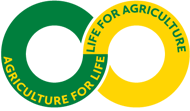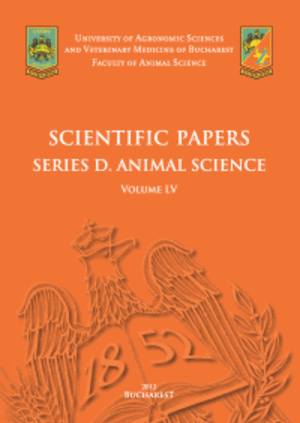Published in Scientific Papers. Series "Management, Economic Engineering in Agriculture and rural development", Vol. 24 ISSUE 4
Written by Horia Nicolae CIOCAN, Stefan Laurentiu BATRINA, Igori BALTA, Paula Ioana MORARU, Dragos Ioan SACALEANU, Abigail BORRON
This study proposes an university-based agricultural extension model, inspired by the U.S. agricultural extension system, to address systemic challenges in Romania’s agriculture. By integrating research, education, and community engagement, the model aims to bridge the gap between academia and rural communities while promoting sustainable rural development. The model was developed through the Fulbright-RAF Scholar Award program, where Romanian scholars collaborated with U.S. extension experts at the University of Georgia. Romanian scholars acquired valuable expertise through field visits, stakeholder engagement, and institutional analysis, which formed the foundation for adapting the U.S. system to Romania’s unique agricultural context. The model proposes the establishment of extension hubs within Romanian agronomic universities, leveraging existing resources and involving students at all academic levels in extension activities. Key initiatives include tailored advisory services, a centralized knowledge platform, and community engagement programs such as workshops, online resources, and farmer interactions on social media groups. The proposed model fosters innovation and ecological practices by aligning academic activities with regional needs and ensuring effective knowledge transfer. This phased, cost-effective system empowers farmers to overcome systemic challenges, strengthens rural communities, and positions universities as leaders in agricultural modernization and rural development. Through the integrating collaboration and optimizing resources, the model provides a transformative framework for a sustainable agricultural future in Romania.
[Read full article] [Citation]

 Next Issue will be published according the the calendar.
Next Issue will be published according the the calendar.



